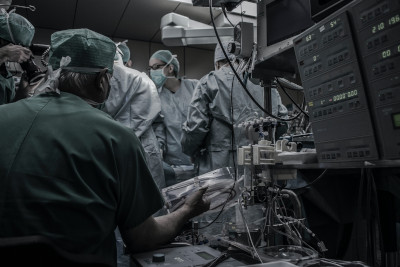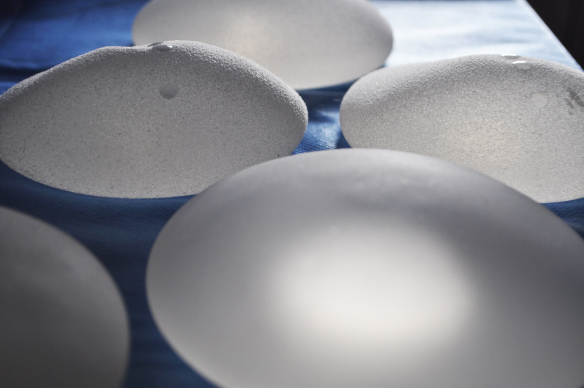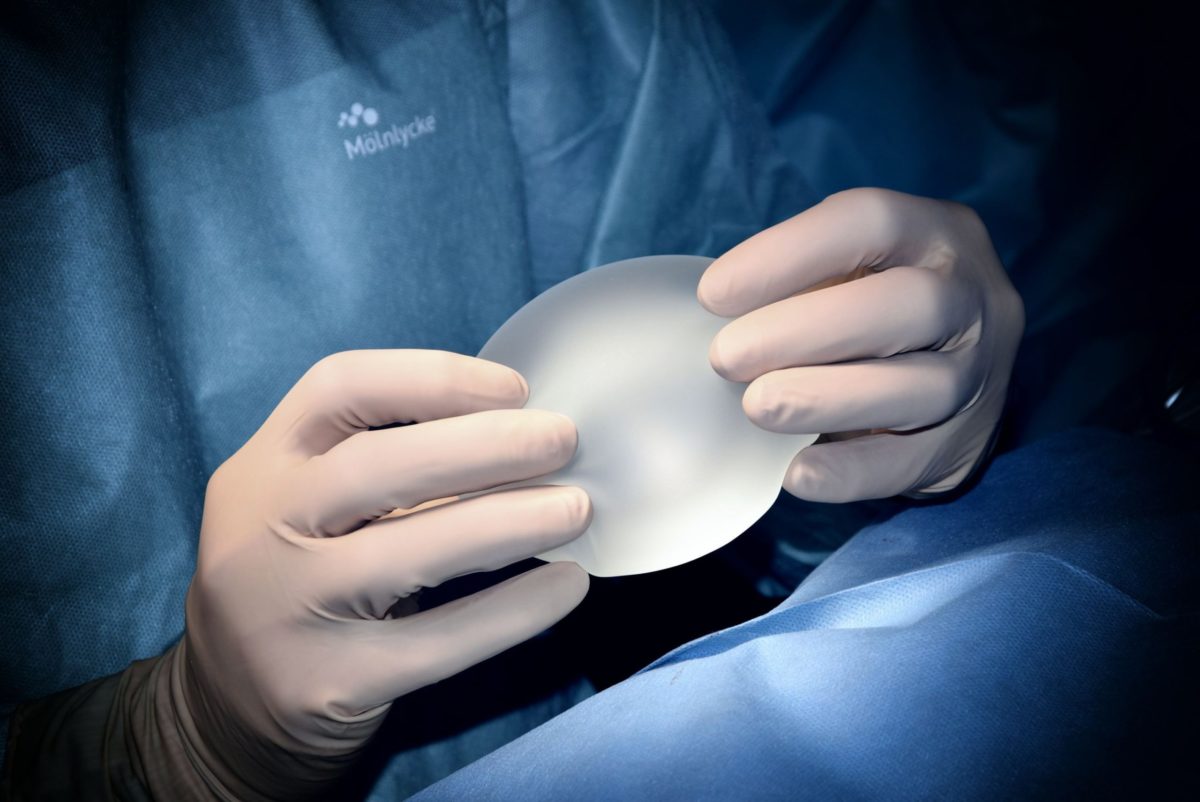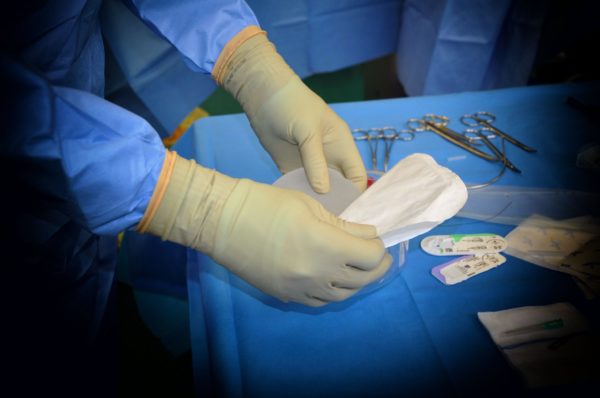One of the aspects of plastic surgery procedures that causes concern is the anaesthetic. Regardless of whether you are having a LA or a GA, knowing how you may react may make the side effects a little easier to manage.
What is a General Aaesthetic (GA)?
A GA is a combination of medicines, administered intravenously, that put you into a state of controlled unconsciousness. This means you are unaware of what is happening during the procedure as you are effectively ‘asleep’. When a procedure is performed under a GA the anaesthetist should remain with you during the procedure and then bring you back into a state of consciousness when the surgeon has finished the operation. To administer a GA a small cannula is normally placed into the back of your hand. This may feel a little uncomfortable, if you feel very anxious about having a GA, then you should discuss the option of having a sedative, before the procedure.
Can you wake up during an operation when under a General Anaesthetic (GA)?
You may have read stories about patients waking up during an operation, while under a GA. When a procedure takes longer than initially anticipated, the anaesthetist can top up the GA to ensure you do not become conscious until the surgeon has completed your operation. Another concern is whether it is possible to feel pain when under a GA. Reports of patients feeling pain but not being able to move or communicate are extremely rare, once again when administered correctly this should never happen. However when only the muscle relaxant is administered then it is possible. This should never happen, as the anaesthetist should be monitoring your vitals throughout the procedure. If you were regaining consciousness or registering pain your heart rate would increase indicating there was a problem.
Side effects and complications of a General Anaesthetic (GA)
Immediately after a GA you may feel:
- Cold and shivery
- An urge to urinate
- Nausea and vomiting
- Confusion and memory loss
- Pain
24 hours after a GA you may continue to feel:
- Fatigue
- Confusion and memory loss
Rare complications of a GA include
- Confusion and, or memory loss lasting longer than 72 hours
- Fatality (extremely rare)
Why do plastic surgeons use General Anaesthetic (GA)?
Dependent on the complexity of the plastic surgery procedure, some plastic surgeons prefer operating under a GA.
There are various reasons for this, including the additional element of control a GA provides, when a procedure may take longer than expected.
What is a Local Anaesthetic (LA)?
An LA is medication that inhibits nerve endings or blocks conduction in peripheral nerves and is used to numb an area to ensure the patient feels no pain during the procedure. It is administered by injection, normally multiple and then given time to numb the area before the surgeon starts to perform the procedure. The LA injections can be uncomfortable and you may want to discuss the option of being given intravenous sedation, otherwise referred to as twilight sedation, prior to the LA injections.
Side effects and complications of a Local Anaesthetic (LA)
Immediately after LA you may feel:
- Dizzy
- Headaches.
- Blurred vision.
- Twitching muscles.
- Continuing numbness,
- Weakness
- Pins and needles
24 hours after an LA all side effects should have gone, if this is not the case then contact your surgeon and seek medical advice.
Why do plastic surgeons use Local Anaesthetic (LA)?
Plastic surgeons may prefer to use a LA when possible due to the reduced risks of side effects and quicker recovery times.
How do I decide if I should have a General Anaesthetic or a Local Anaesthetic?
Deciding which type of anaesthetic to opt for, should always be done under the guidance of your surgeon.
If you know that you do not want a GA then ask if the plastic surgeon will perform the procedure under an LA and how many procedures they have performed under LA in the past 12 months. Some surgeons may even refuse to perform certain procedures under an LA and if you want them to perform the procedure then you will have to agree to a GA. I have had procedures under both GA and LA and did find recovery smoother after a LA. However, my priority is always the plastic surgeon and therefore as Mr Douglas McGeorge will not perform breast augmentation under a LA, I chose to have a GA. When the choice is between the plastic surgeon or having a LA, my advice would be to have a GA and stick with the plastic surgeon you trust to give you the best possible outcome.




